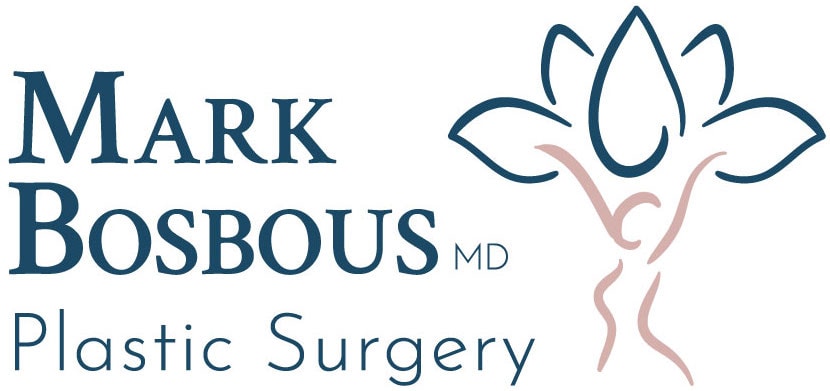Breast reduction surgery, otherwise known as reduction mammaplasty, can solve several problems for patients.
Those with excess breast tissue, or breasts that don’t quite fit their frame, may struggle with back, shoulder, and neck pain, painful bra strap grooves, limited movement during workouts, and more.
For others, it’s less about physical discomfort and more about self-image or dealing with uncomfortable attention. That’s still a completely valid reason to get the surgery.
In this article, we’ll explain what breast reduction surgery involves, who it’s for, what recovery looks like, and what kind of results are realistic.
What Breast Reduction Surgery Involves
The process usually starts with a consultation, where a surgeon will assess the patient’s concerns, examine their breast size and shape, and discuss what outcome they’re hoping for.
During a breast reduction procedure, the surgeon removes excess breast tissue, fat, and skin to create a size that’s more proportional to the patient’s body.
In some cases, a breast lift is done at the same time to raise and reshape the breasts. Not everyone needs it — it depends on your anatomy and your goals.
The procedure is usually done under general anesthesia in an outpatient setting and takes around three to four hours.
What Makes Someone a Good Candidate?
Excess breast tissue or skin can happen for a few different reasons.
For some, it’s simply genetic — they’ve always had larger breasts. Aging can also play a role, as skin gradually loses elasticity over time. When that happens, the breasts may stretch, sag, or feel heavier, which can lead to discomfort or pain.
Other patients experience breast growth due to pregnancy or weight gain, which can increase size and strain on the body.
To get relief from these symptoms — whether physical or emotional — many people choose to undergo a breast reduction procedure.
Generally, a good candidate for breast reduction has a significant amount of excess breast tissue, experiences discomfort due to breast size, and is healthy enough for surgery.
Age can be a factor. If someone’s breasts are still developing, it’s usually recommended to wait before going through with the procedure.
Those planning to breastfeed may also want to reconsider, as breast reduction can sometimes affect milk production, depending on how much tissue is removed and where.
Is Breast Reduction Surgery Safe?
Breast reduction is generally considered safe and is performed routinely by board-certified plastic surgeons like Dr. Mark Bosbous.
Still, like any surgery, there are some risks involved. Possible complications include fluid buildup, loss of nipple sensation, and prolonged pain around the incision sites. These issues don’t affect everyone, but they can happen,
The good news is that some risks can be reduced with a few lifestyle adjustments. It’s generally recommended to get plenty of rest, stay lightly active to support circulation, and avoid tobacco, which can slow down the healing process. If one follows this advice and the suggestions of their surgeon, they’re well on the way to a successful, low-risk recovery.
Recovery and Results
After the procedure, most patients can return to light daily activities within three to four days, though swelling may last for up to ten days. Any strenuous movement or exercise should be avoided for at least four weeks to allow the body time to heal properly.
A surgical bra or compression garment is often recommended during recovery to support the breasts and minimize swelling.
As for scarring, the initial redness or pigmentation usually fades within two to three months. Around the six-month mark, most scars begin to flatten and blend more naturally with the skin. After a year, they’re typically much less noticeable, though results vary.
People who have undergone this procedure arte usually scheduled for several follow-up visits with their surgeon to make sure everything is healing as expected.
Final Thoughts
If you’re considering breast reduction surgery, it’s important to set realistic expectations and understand what recovery will involve.
While many patients report immediate relief from discomfort, the healing process still takes time — and final results may take several months to fully settle in.
At our Milwaukee, Wisconsin clinic, Dr. Mark Bosbous brings years of experience and a detail-focused approach to each procedure, helping patients feel informed and supported from consultation to recovery.
If you have questions about candidacy, recovery, or outcomes, schedule a consultation to learn more.
